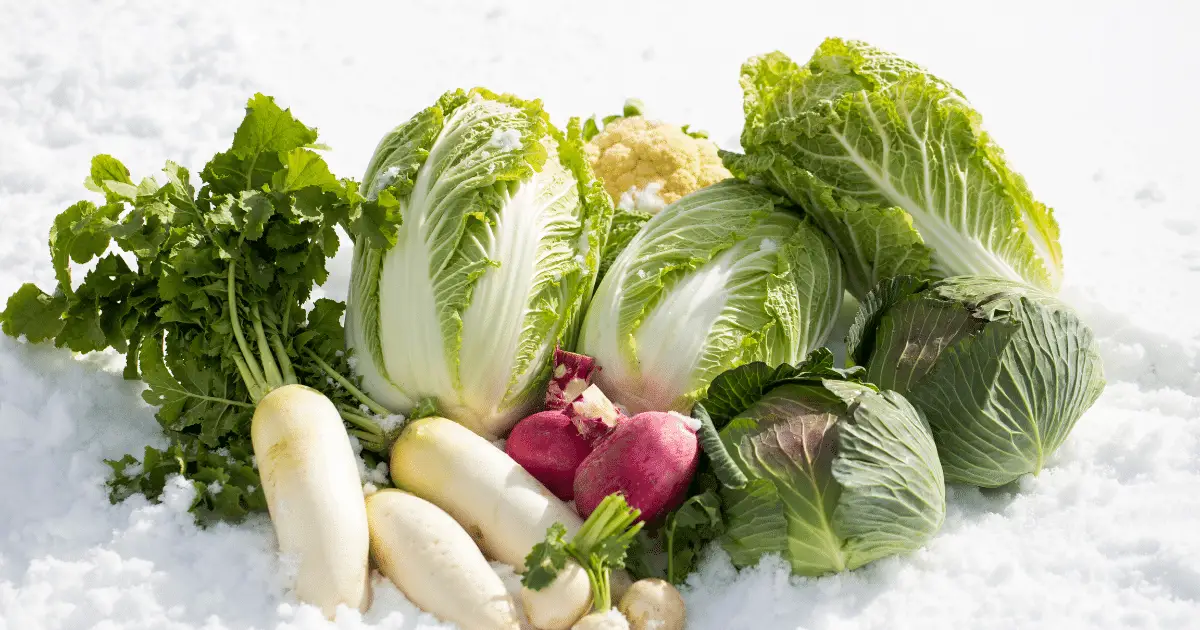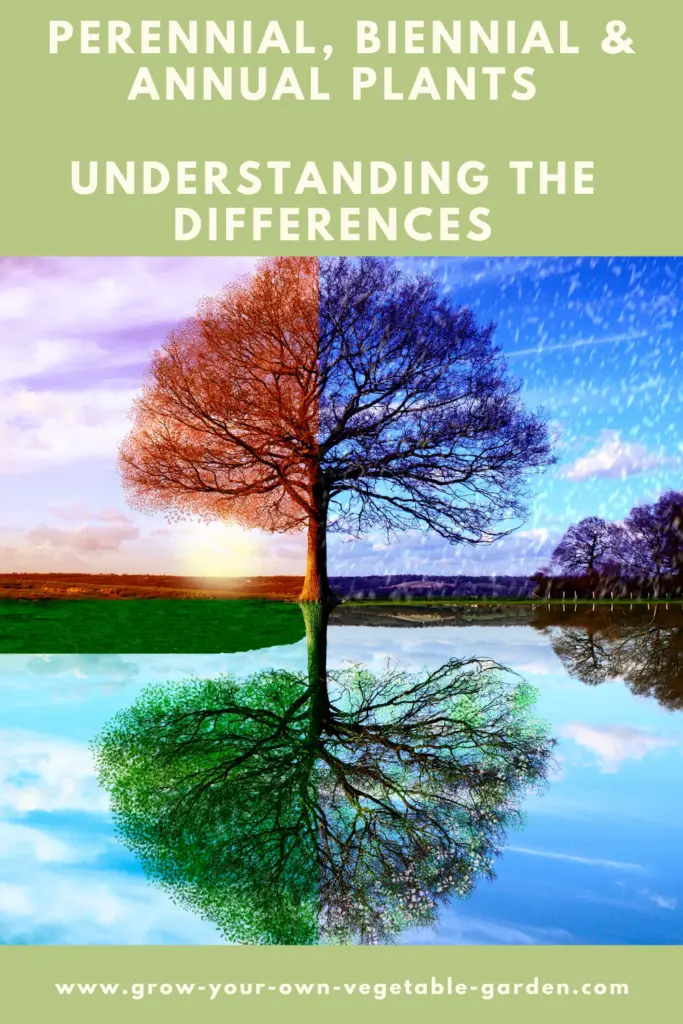
What Is The Difference Between Perennial, Biennial And Annual Plants
In simple terms, annual plants complete their whole life cycle in one year, biennials grow one year before going dormant and then they complete their life cycle the second year by flowering and fruiting. Perennials continue to grow and flower or fruit year after year.
What Are Annual Plants
Annuals go through their entire life cycle in one year so this means you will plant them as a seed, they will germinate, grow and produce any flower or fruit they have all within one year. They will then die off at the end of the year, usually as the harsh weather arrives and if you want to grow them again next year then you have to begin the whole process again, planting and germinating seeds.
As vegetable gardeners a large proportion of the plants we deal with are annuals with some examples being;
- Cucumber
- Pumpkin
- Beans
- Radish
What Are Biennial Plants
Biennials have a two year life cycle. This means that they begin the growing process during their first year by germinating, growing stems, leaves and establishing a good root system. They then go dormant as the weather changes. Then in the second year they continue to grow, flowering, producing fruits and seeds before dying off.
Biennials are surprisingly common and include;
- Brussel Sprouts
- Beetroot
- Onions
- Celery
- Parsley
What Are Perennial Plants
Perennials basically live for more than two years. They will germinate, grow, flower and fruit before going dormant during the colder months with their foliage potentially all dying off. As the weather then begins to improve the plants will then grow back flowering and fruiting again before the next years cold weather arrives and they go dormant again. This is a process that can be completed year after year after year.
Perennial vegetables can be a dream plant because they’re relatively low maintenance, regrowing themselves year after year with no pesky seed planting, germinating and planting out etc.
Some examples of perennial vegetables are;
- Asparagus
- Rhubarb
- Horseradish
- Watercress
- Tomatoes
- Garlic

But Wait. Tomatoes Aren’t Perennials!!!
Well technically they are! You may have noticed a few of the listed examples don’t match up with how you grow them.
Just to complicate matters a little, we don’t always grow vegetables as they would do in their wild environment and this can be for many different reasons so let’s take a look at a few examples;
Tomatoes – technically tomatoes are perennial plants but this is only really possible in Central and South American climates. For most of the Northern Hemisphere the weather just doesn’t allow us to grow them this way and most people grow them as an annual crop. This does however mean they lend themselves very well to overwintering and we have a handy guide on that HERE.
Potatoes – if left to their own device potatoes will come back year after year. We tend to grow potatoes as annuals for two reasons with one being we like to harvest all of them so there is nothing left in the ground to regrow. The other reason we tend to grow potatoes as annuals is that they can be prone to disease so we like to rotate the crops around.
Parsley, beetroot, chard, onions, carrots, celery – there are multiple other vegetables that fit into the category of biennial that we don’t want to grow as such and we should always treat as annual for pretty much the same reason. That is they flower and then go to seed in their second year of life and although that is part of their biennial life-cycle it is a part we want to avoid. They all produce their edible parts in the first year of growth so are best harvested at this point and then replanted for the next year.
Unfortunately there isn’t the time or space to go through every vegetable but hopefully this article has given you a better understanding of the terms and where some common plants fit into them.



